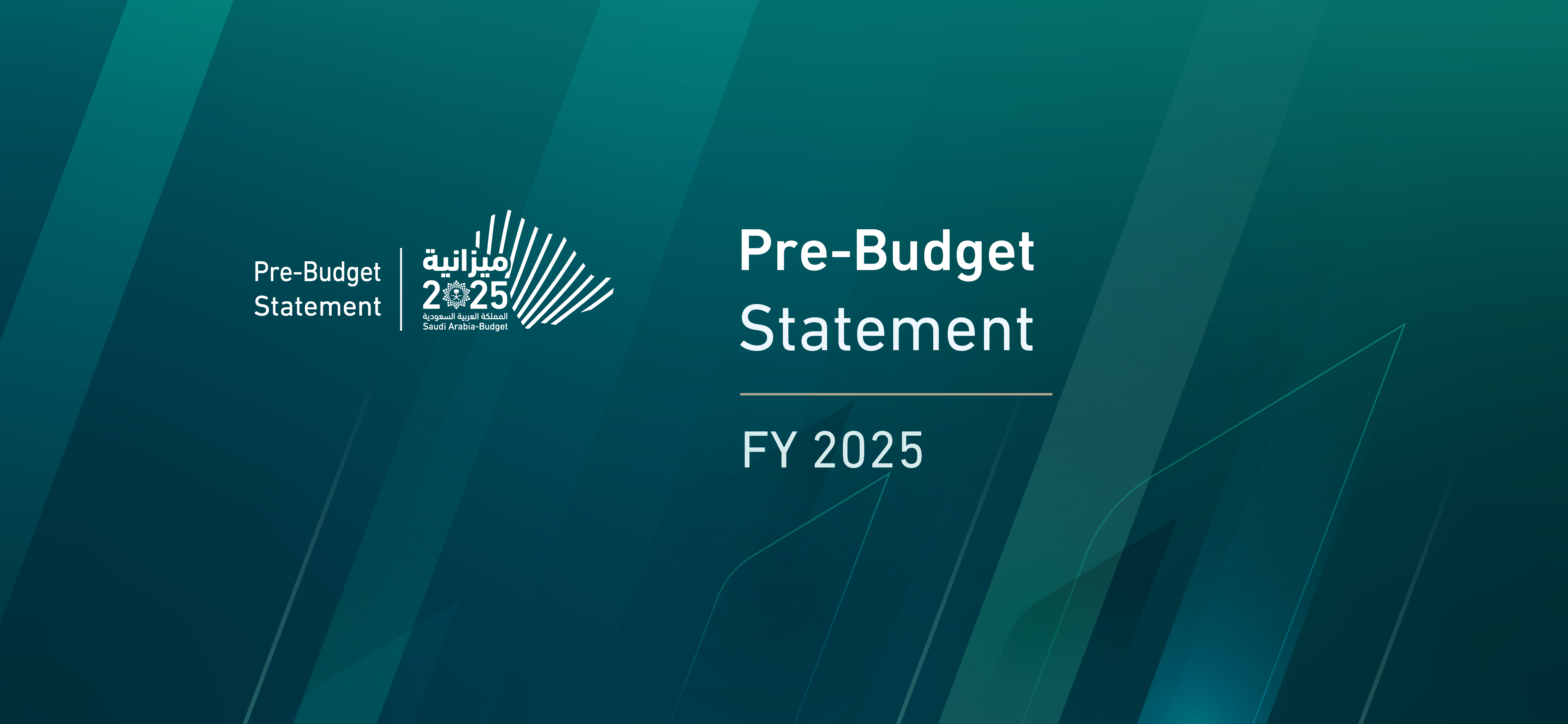Saudi Arabia’s Ministry of Finance cut its growth forecasts and raised its budget deficit estimates for the fiscal years 2024 to 2026, anticipating higher spending and lower projected oil revenues.
The Finance Ministry projected a wider budget shortfall of $31.46 billion in 2024 or 2.9% of GDP for 2024, compared with a previous projection of 1.9% for the year, as it increases spending related to objectives of its Vision 2030 economic transformation plan.
Real GDP growth for 2024 is projected at 0.8% supported by 3.7% in the non-oil sector. This is a significant drop for the the 4.4% growth estimated previously.
According to the MOF, the 2024 deficit is due to expansionary spending policy intended to support economic growth. “The government continues to utilise the available fiscal resources to diversify the economic base through transformative spending, which includes sectoral and regional strategies, giga projects, Saudi Vision 2030 programmes, and the periodic review of project timelines.”
The MOF predicted budget deficits will continue with deficits of 2.3% in 2025 and 2.9% in 2026, both forecasts higher than earlier estimates.
The overall economy is projected to grow by 4.6 per cent in 2025, 3.5 per cent in 2026 and 4.7 per cent in 2027.
According to Farouk Soussa, Goldman Sachs Group Inc.’s Middle East and North Africa economist: “The fiscal outturns for 2024 are more or less in line with our expectations, but the uncertainty around the 2025 numbers is high. On the expenditure side, the Saudis are forecasting a cut in spending, but persistent past spending overshoots make this doubtful. On the revenue side, there are big questions around production targets and global oil prices.”
With regard to FY2025 spending, the MOF stated:
“The FY2025 budget highlights the Kingdom’s commitment to accelerate the regulatory and structural reforms, as well as the development of policies. It also focuses on transformative spending to promote sustainable economic growth, improve social development, and enhance quality of life.”
Tim Callen, a visiting scholar at the Arab Gulf States Institute in Washington and former IMF mission chief for Saudi Arabia noted:“ The projections for the fiscal deficit look optimistic. They assume strong control of expenditure in 2025-27, which has not been apparent in recent years. Also if oil prices stay around $70 and they are unable to increase production levels significantly, then revenue may also be optimistic.”
While Saudi Arabia has relatively low debt levels, its public debt is now around 28% of GDP, up from approximately 3% in the 2010s. This is still low by by international standards as EU countries average 82% and in the U.S. in 2023, that figure was 123%.
To read more, click here, here, here, here and here.









